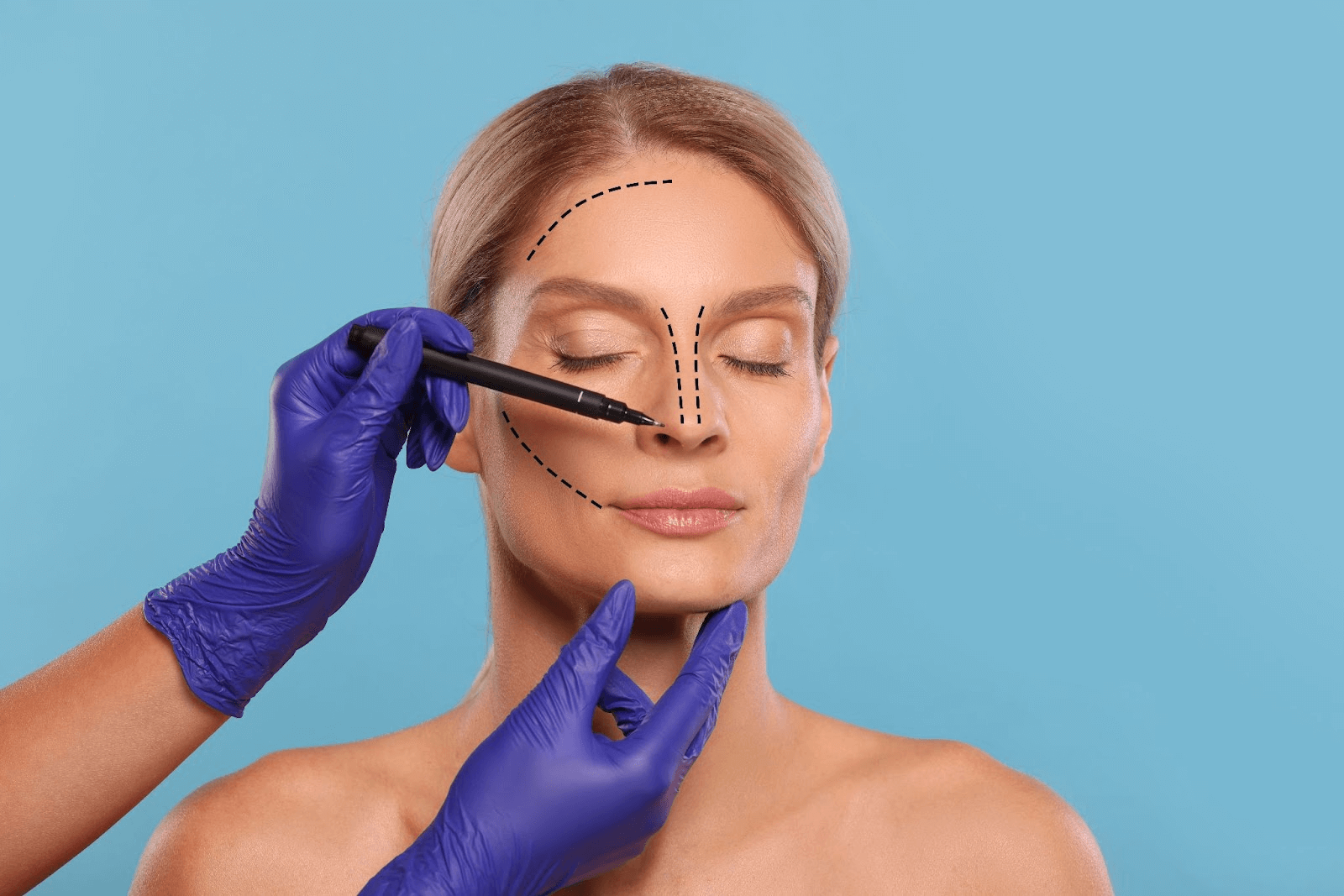Facelift surgery, or rhytidectomy, is one of the most popular cosmetic procedures for individuals who wish to reverse the hands of time and obtain a younger appearance. But before pursuing this life-changing experience, the majority of people ask the significant question: "How risky is facelift surgery?"
With face lift in Los Angeles searches still on the rise and interest in before and after facelift photos on the increase, individuals are searching for not only the cosmetic benefit but also a firm understanding of the potential risks. Let's get down to it in terms of facts, short, to the point, and following Google's new content guidelines for informative, people-first content.
What Happens in Facelift Surgery?
A facelift surgery involves tightening facial muscles under the skin, removing excess skin, and repositioning tissues to improve sagging and restore youthful contours. The procedure typically treats:
Jowls or loose skin around the jawline
Deep wrinkles next to the mouth and nose
Sagging cheeks
Loose skin in the neck (typically treated with a neck lift in conjunction with the facelift)
Performed under general anaesthesia or local sedation, a classic facelift can take anywhere from 2 to 5 hours to complete, based on the scope and whether other procedures are being performed (like eyelid surgery or fat transfer).
Is Facelift Surgery Safe?
The short answer is: facelift surgery is safe overall when performed by a qualified, board-certified plastic surgeon. Like any surgical procedure, however, it does carry risks.
The most commonly discussed risks are as follows:
1. Hematoma (Blood Collection Under Skin)
Occurs in about 1–3% of patients. It is the most common complication, but it is curable if addressed early.
2. Nerve Injury
Weakness or numbness can occur temporarily if facial nerves get irritated or stretched. Permanent damage to nerves is sporadic.
3. Infection
Normal with any surgery type, though rare with good hygiene and aftercare.
4. Scarring
Facelifts involve incisions that are usually placed behind the ears and in the hairline to minimise visible scars. Most scars heal favorably in time, especially in the hands of a skilled surgeon.
5. Anaesthesia Reactions
While uncommon, anaesthesia issues may arise. This is why pre-operative testing is essential, especially for those who have pre-existing health conditions.
Who Is at Greater Risk for Facelift Surgery?
Certain people can have a greater risk of complications. These are:
Smokers (diminished healing ability)
People with high blood pressure or blood clotting disorders
Patients who have unrealistic expectations or untreated mental health issues
Those who are having revision surgery or pairing procedures
If you're considering a face lift in Los Angeles, ensure that your surgeon goes over your complete medical history before surgery.
What Can You Do to Reduce Risk?
In order to reduce the risks and achieve a successful facelift procedure, here's what matters most:
Choose a Board-Certified Surgeon
This is non-negotiable. A board-certified facial plastic surgeon will not only understand anatomy but also know how to prevent, identify, and handle complications.
Follow Pre-Op & Post-Op Instructions
Quit smoking, avoid blood thinners, and disclose all medications. After the procedure, follow wound care procedures to prevent infection or scarring problems.
Get to Know Your "Before and After" Experience
Seeing before-and-after facelift images on authoritative medical websites provides realistic expectations. Recovery can take several months, and results are progressive, not instantaneous.
Face Lift in Los Angeles: Why It's Popular
Los Angeles has been a centre for aesthetic surgeries for decades. Los Angeles facelift surgeons are well-known for their advanced techniques, such as deep plane facelift and minimally invasive procedures that allow for quicker recovery and more natural results.
If you're shopping for a face lift in Los Angeles, here's what to look for:
Verified patient reviews and testimonials
Actual before and after facelift photographs (not stock images)
Virtual or in-office consultations to evaluate facial anatomy
Honesty with cost, downtime, and complications that can occur
Realistic Recovery Timeline After Facelift
Here is what to expect in general:
Days 1–7: Swelling, bruising, and tightness (normal healing signs)
Weeks 2–4: Noticeable improvement; many return to light activities
Months 2–6: Final results begin to appear as tissues settle
Note: It may take up to 6 months for final results to develop.
Final Verdict: Is the Risk of Facelift Surgery Worth It?
As with all surgery, a facelift is not 100% risk-free. But in skilled hands, through careful planning and realistic expectations, facelift surgery is safe, effective, and life-enhancing in the right candidates.
Thanks to modern techniques and individualised care plans, the occurrence of serious complications is very low, primarily when performed in a facelift-specialised city like Los Angeles.
Meet Dr.Ardesh
Dr. Ardesh, Beauty Mark MD, a double-board certified facial plastic and reconstructive surgeon, has delivered over 7,000 natural results with expertise and empathy. He formerly served as a college professor in the departments of head and neck surgery, ophthalmology, and dermatology at Loma Linda University, after which he established his private practice. Dr. Ardesh has performed facelift surgery for Oscar De La Hoya. Creating a refreshed look, not “worked on,” has established him as one of the best plastic surgeons in Beverly Hills and Newport Beach.



